Golf’s Wild Card – How Happy Gilmore Rewrote the Rules of Sports Comedy
From Locker Room to Script Room – The Athletic Influence on Film Narrative
The Rise of the Unlikely Hero – Golf’s Cultural Shift Through Comedy
Before Happy Gilmore hit screens in 1996, golf in film was often portrayed with reverence—quiet greens, stoic players, and a tone of elite detachment. Then came Adam Sandler’s chaotic swing, hockey-player rage, and irreverent charm. It wasn’t just a parody—it was a cultural intervention.
What did sports culture inject into this film
- Raw emotion and unpredictability – Golf, typically framed as methodical and composed, was reimagined through the lens of aggression, frustration, and passion—traits more common in contact sports
- Working-class identity – Happy wasn’t born into country clubs, he fought for his grandmother’s house. His background mirrored the grit and struggle of athletes from underrepresented communities
- Competitive absurdity – The film exaggerated rivalries, rituals, and fan behavior, drawing directly from the theatricality of sports like wrestling and hockey
In essence, Happy Gilmore didn’t just mock golf—it absorbed the emotional DNA of broader sports culture and injected it into a cinematic format that had rarely seen such volatility on the fairway.

Athletic Archetypes in Film – From Strategy to Spectacle
Sports culture has long shaped how characters are built in cinema. The athlete’s journey—training, failure, redemption—is now a foundational narrative arc across genres.
Key influences from sport include
- The underdog blueprint – Films frequently borrow the structure of a season: early setbacks, mid-point crisis, final triumph. This mirrors the emotional rhythm of competitive sport
- Team dynamics – Ensemble casts often reflect locker-room hierarchies, the leader, the joker, the strategist, the rookie. These roles are lifted directly from athletic environments
- Physical storytelling – Movement, stamina, and injury are used to express character development. The body becomes a narrative tool, shaped by sport’s emphasis on physicality
These elements have become so embedded in film that even non-sports movies—action thrillers, dramas, comedies—often rely on athletic tropes to drive tension and resolution.
Comedy Recalibrated – How Sports Humor Changed the Game
Happy Gilmore didn’t just make golf funny—it changed how comedy approached sport. Prior to its release, sports humor was often observational or nostalgic. Sandler’s film introduced a new tone: aggressive, absurd, and deeply physical.
What shifted in cinematic comedy
- Slapstick meets sport – Happy’s violent swing, fistfights with Bob Barker, and hockey-infused rage brought slapstick into the realm of athletic performance
- Mocking elitism – The film ridiculed golf’s gatekeeping, using humor to challenge its cultural exclusivity
- Fan culture parody – From hecklers to obsessive commentators, the film exaggerated the quirks of sports fandom, turning them into comedic set pieces
This recalibration influenced a wave of sports comedies that followed—films like Dodgeball, Talladega Nights, and Semi-Pro—each borrowing from the chaotic energy Happy Gilmore introduced.

Sports as Cultural Texture – How Athletic Rituals Shape Cinematic Worlds
Beyond plot, sports culture provides filmmakers with rich visual and emotional texture. Rituals like warm-ups, locker-room speeches, and post-game interviews have become cinematic shorthand for tension, camaraderie, and transformation.
Examples of this influence include
- Training montages – Popularized by Rocky, these sequences are now ubiquitous, even in films unrelated to sport. They symbolize discipline, growth, and emotional stakes
- Crowd dynamics – The roar of fans, the silence before a penalty, the eruption after a win—these moments are borrowed from stadiums and repurposed for dramatic effect
- Uniforms and identity – Jerseys, gear, and team colors are used to signal allegiance, hierarchy, and personal evolution
These elements, rooted in real-world sport, give films a visceral authenticity—even when the story is fictional or fantastical.
The Athlete’s Persona – How Real Sports Figures Influence Character Design
Even when athletes aren’t cast in films, their personas shape how characters are written. The swagger of a boxer, the stoicism of a tennis player, the flamboyance of a basketball star—these traits inform cinematic archetypes.
Influence includes
- Michael Jordan’s competitive aura – His intensity and leadership style have inspired countless fictional protagonists, from animated heroes to action leads
- Shaquille O’Neal’s charisma – His blend of humor and dominance has shaped comedic sidekicks and gentle giants across genres
- Serena Williams’ resilience – Her public battles and triumphs have influenced portrayals of female strength and grace in drama and biopic formats
These personas become templates—used by writers and directors to craft characters that feel grounded, aspirational, and emotionally resonant.
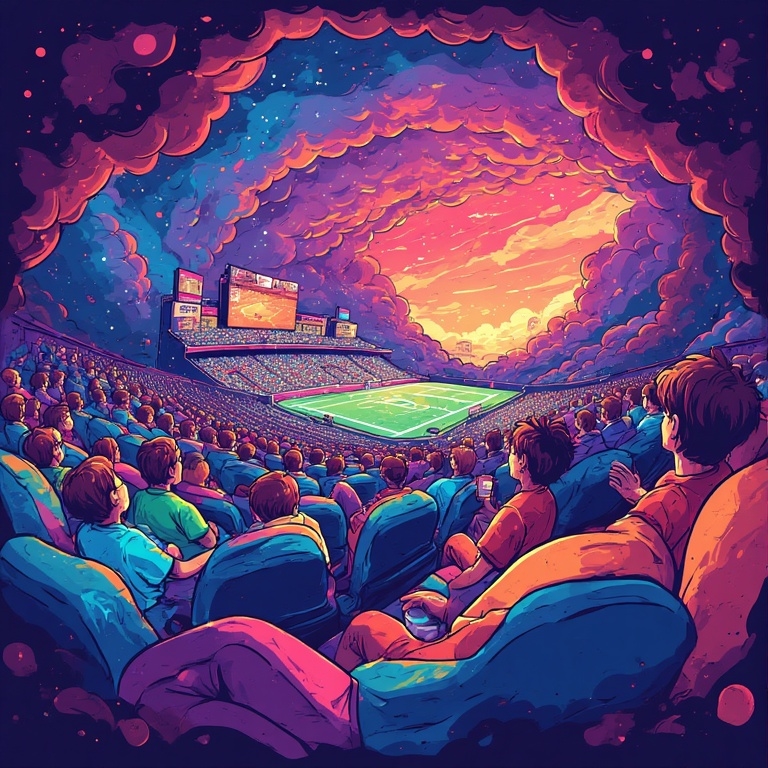
Gender Representation Reversed – Why Sports Culture Still Skews Male in Film
Despite progress in women’s sport, cinema continues to reflect a male-dominated athletic culture. The influence of sport on film has largely centered on male archetypes, male narratives, and male-led stories.
Why does this persist
- Historical bias in sports media – Men’s sports have long received more coverage, shaping public familiarity and cinematic adaptation
- Commercial assumptions – Studios often believe male-led sports films will perform better globally, reinforcing casting and funding decisions
- Narrative inertia – The classic sports film arc—gritty rise, brutal fall, heroic comeback—has been built around masculine ideals of strength and stoicism
What’s changing
Films like Battle of the Sexes, King Richard, and Bend It Like Beckham have begun to shift the narrative. But the influence of male-dominated sports culture still shapes the majority of cinematic output, from character design to thematic focus.
The Language of Competition – How Sports Dialogue Shapes Screenwriting
Sports culture has its own lexicon—trash talk, motivational slogans, tactical jargon. This language has seeped into screenwriting, influencing how characters speak, argue, and inspire.
Common cinematic borrowings include
- “Leave it all on the field” – Used in dramas and thrillers to signal emotional commitment
- “One game at a time” – Adopted in stories about patience, strategy, or recovery
- “Play through the pain” – A metaphor for resilience, often applied to non-sporting contexts
These phrases, born in locker rooms and press conferences, now serve as emotional shorthand across genres.
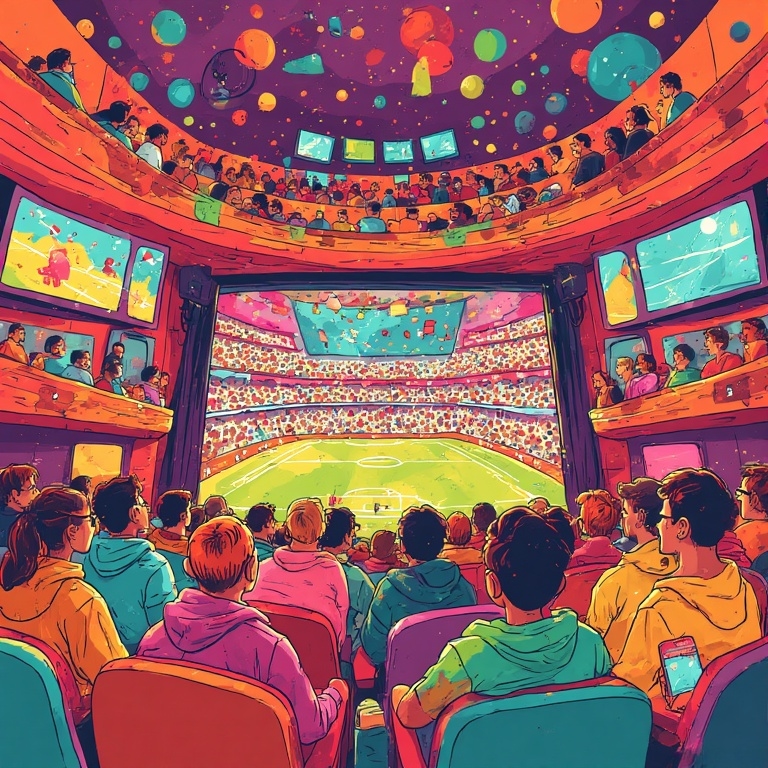
Sports Culture and Cinematic Structure – The Game as Narrative Blueprint
Many films now mirror the structure of a sporting event—opening tension, rising action, climactic showdown, and post-game reflection. This format offers a familiar rhythm that audiences intuitively understand.
Structural parallels include
- Act I as pre-season – Introduces characters, stakes, and potential
- Act II as mid-season crisis – Challenges arise, momentum shifts
- Act III as championship moment – Resolution, victory, or defeat
This blueprint, borrowed from sport, provides emotional pacing that resonates with viewers—even in stories unrelated to athletics.
Fan Psychology in Film – How Sports Fandom Shapes Audience Engagement
Filmmakers increasingly design stories with fan psychology in mind—mirroring the highs and lows of sports spectatorship. Emotional investment, tribal loyalty, and catharsis are all drawn from the experience of being a fan.
Cinematic applications include
- Character allegiance – Viewers are encouraged to “root” for protagonists as they would for athletes
- Narrative suspense – Like a close match, films build tension through uncertainty and stakes
- Community resonance – Films often reflect the communal experience of sport—shared joy, collective heartbreak, and generational memory
This approach deepens engagement, turning passive viewers into emotionally active participants.

The Happy Gilmore Legacy – Sport as a Disruptive Force in Cinema
Happy Gilmore didn’t just change golf—it changed how sport could be used to disrupt cinematic norms. It proved that athletic culture could inject chaos, humor, and emotional depth into film genres that had grown predictable.
Its legacy includes
- Genre fusion – Blending sports with slapstick, romance, and satire
- Character subversion – Turning the athlete into a comedic antihero rather than a noble protagonist
- Cultural critique – Using sport to challenge class, tradition, and authority
The film’s enduring popularity isn’t just about laughs—it’s about how sport, when unleashed in film, can reshape storytelling itself.
Documenting the Real – How Sports Documentaries Reshaped Cinematic Truth
While fictional films borrow from sports culture to build drama, documentaries go further—they expose the raw mechanics of athletic life, governance, and identity. In doing so, they’ve redefined what audiences expect from sports storytelling.
Key impacts of sports documentaries
- Humanizing elite athletes – Series like The Last Dance and Break Point reveal vulnerability, obsession, and interpersonal conflict, challenging the myth of the invincible champion
- Exposing systemic issues – Documentaries like Athlete A and Icarus use sport as a lens to investigate corruption, exploitation, and institutional failure
- Reframing legacy – Films like Senna and Diego Maradona reconstruct public memory, offering nuanced portraits that contrast with media caricatures
What Makes a Great Sports Movie – Beyond the Scoreboard
Not every film with a ball, a ring, or a finish line qualifies as a great sports movie. The genre succeeds not by showcasing athletic feats alone, but by embedding sport within a deeper emotional, cultural, and ethical framework.
Core elements of a great sports movie
- Emotional authenticity – Whether triumph or heartbreak, the best sports films capture the psychological toll of competition. Victory must feel earned, and failure must reveal character.
- Narrative tension – Great sports movies build suspense not just through the game, but through personal stakes. The match is never just about winning—it’s about proving something, healing something, or defying something.
- Cultural resonance – The sport must reflect something larger—class struggle, racial injustice, gender dynamics, national identity. Films like Remember the Titans, Lagaan, and King Richard succeed because they link sport to societal transformation.
- Character complexity – Heroes in great sports films are flawed, conflicted, and evolving. They’re not just athletes—they’re people navigating systems, relationships, and internal battles.
- Technical realism – The choreography of play, the pacing of training, and the depiction of injury must feel credible. Audiences can spot inauthenticity, and realism deepens emotional investment.
- Mythic structure – Many great sports films follow a near-mythic arc: the fall, the climb, the reckoning. This structure taps into universal themes of resilience, redemption, and legacy.
What it’s not
A great sports movie isn’t just a highlight reel. It’s not defined by the final score or the trophy lift. It’s defined by what the sport reveals—about the character, the culture, and the cost of chasing greatness.
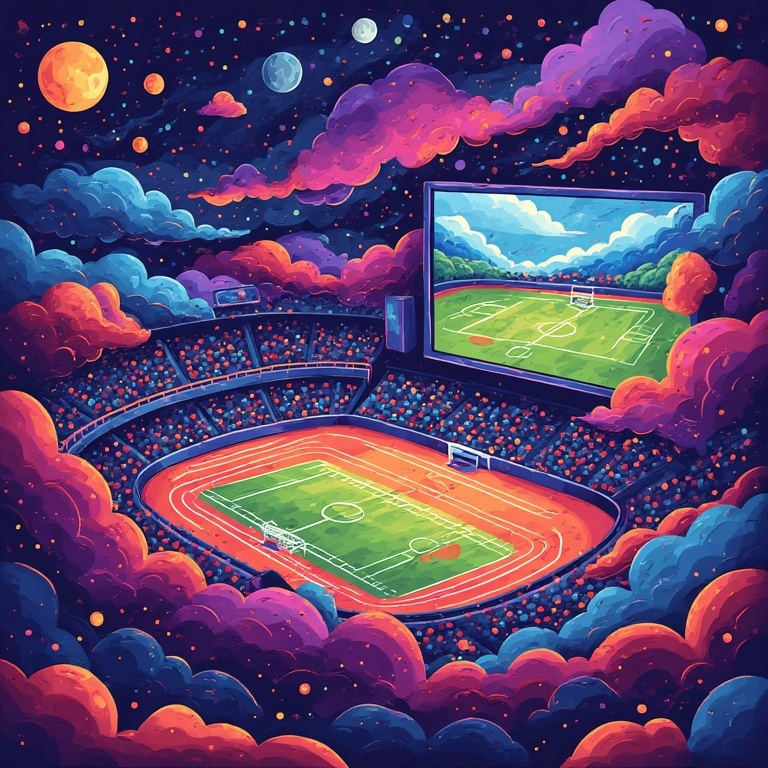
Expanding the Frame – The Rise of Female and Disability Sports Narratives
For decades, sports cinema centered on able-bodied male protagonists, reinforcing narrow definitions of athleticism, heroism, and audience appeal. But in recent years, a growing wave of films has begun to challenge that orthodoxy—bringing women’s sport and disability sport into the cinematic foreground.
What’s driving the shift
- Cultural pressure for representation – Movements for gender equity and disability rights have pushed filmmakers and studios to diversify whose stories are told, and how.
- Athlete-led advocacy – Figures like Serena Williams, Tatyana McFadden, and Megan Rapinoe have used their platforms to demand visibility, inspiring biopics and documentaries that reflect their impact.
- Audience appetite for authenticity – Viewers increasingly seek stories that reflect real-world complexity. Films that explore overlooked athletic communities offer fresh emotional terrain and narrative depth.
Key examples of inclusive sports cinema
- King Richard – Reframes the rise of Venus and Serena Williams through the lens of family, race, and systemic barriers.
- I Am Greta and Rising Phoenix – Highlight athletes with disabilities, not as symbols of pity or inspiration, but as elite competitors navigating global sport’s inequities.
- Bend It Like Beckham – Uses football to explore gender norms, cultural identity, and generational tension in immigrant communities.
- The Gabby Douglas Story and Seve – Offer nuanced portraits of athletes whose journeys intersect with race, class, and physical adversity.
Narrative shifts in these films
- From spectacle to struggle – These stories focus less on winning and more on navigating exclusion, bias, and institutional neglect.
- From lone hero to systemic critique – The protagonist is often up against more than just an opponent—they’re confronting federations, media narratives, and cultural gatekeeping.
- From tokenism to complexity – Characters are no longer defined solely by their gender or disability. They’re multi-dimensional, with agency, flaws, and ambition.
Why it matters
Inclusive sports films don’t just diversify the genre—they redefine what athletic excellence looks like. They challenge audiences to rethink who gets to be heroic, who gets to be visible, and what sport can mean beyond medals and records.
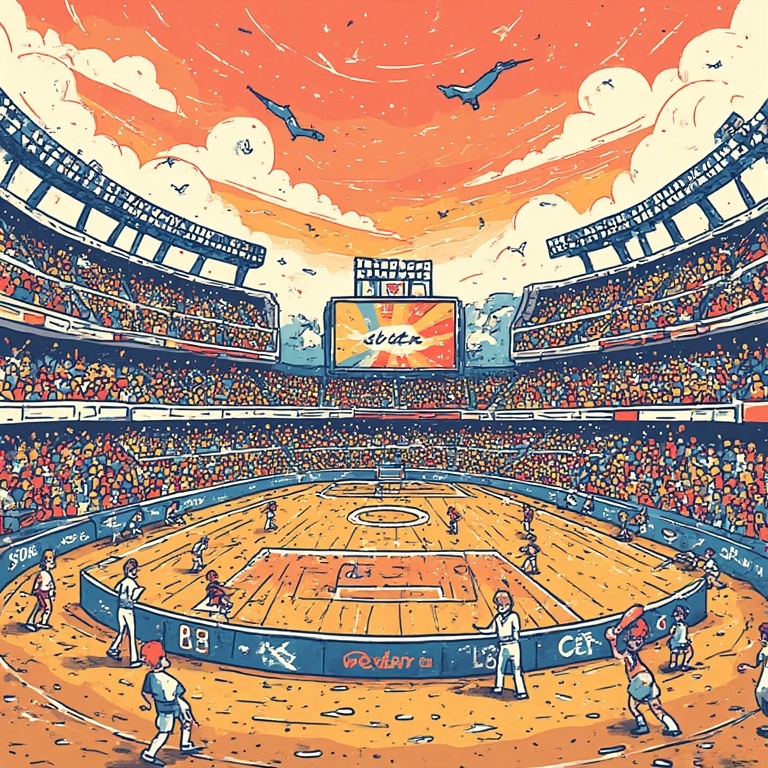
Conclusion – Sport as Cinema’s Emotional Engine
From Happy Gilmore’s comedic chaos to the sobering revelations of Athlete A, sports culture has become one of cinema’s most potent forces. It shapes how stories are structured, how characters evolve, and how audiences engage.
What we’ve uncovered
- Sport injects rhythm, tension, and physicality into film narratives
- It offers archetypes and emotional arcs that resonate across genres
- It challenges cinematic norms—through humor, protest, and realism
- Documentaries have elevated the genre, demanding truth and transparency
As sport continues to evolve—through globalization, gender equity, and ethical reform—its cinematic influence will deepen. The question isn’t whether sport belongs in film. It’s how film can keep up with the emotional, cultural, and political weight that sport now carries.
Join the Discussion
What sports-influenced films or documentaries have changed how you see competition, identity, or justice Do you think Happy Gilmore still holds cultural relevance—or has the genre moved on
Let’s unpack the stories, the systems, and the swing that reshaped cinema.
- Share your thoughts, favorite scenes, and critiques below
- Recommend a documentary that deserves more attention
- Challenge the tropes—who’s missing from the narrative
Some links on this page are affiliate links, which means I may earn a commission if you click through and make a purchase—at no extra cost to you.
#SportShapesCinema #HappyGilmoreLegacy #AthleteNarratives #DocumentaryDisruption #CinematicSportReform #TruthInMotion #UnderdogStories #FilmMeetsFandom



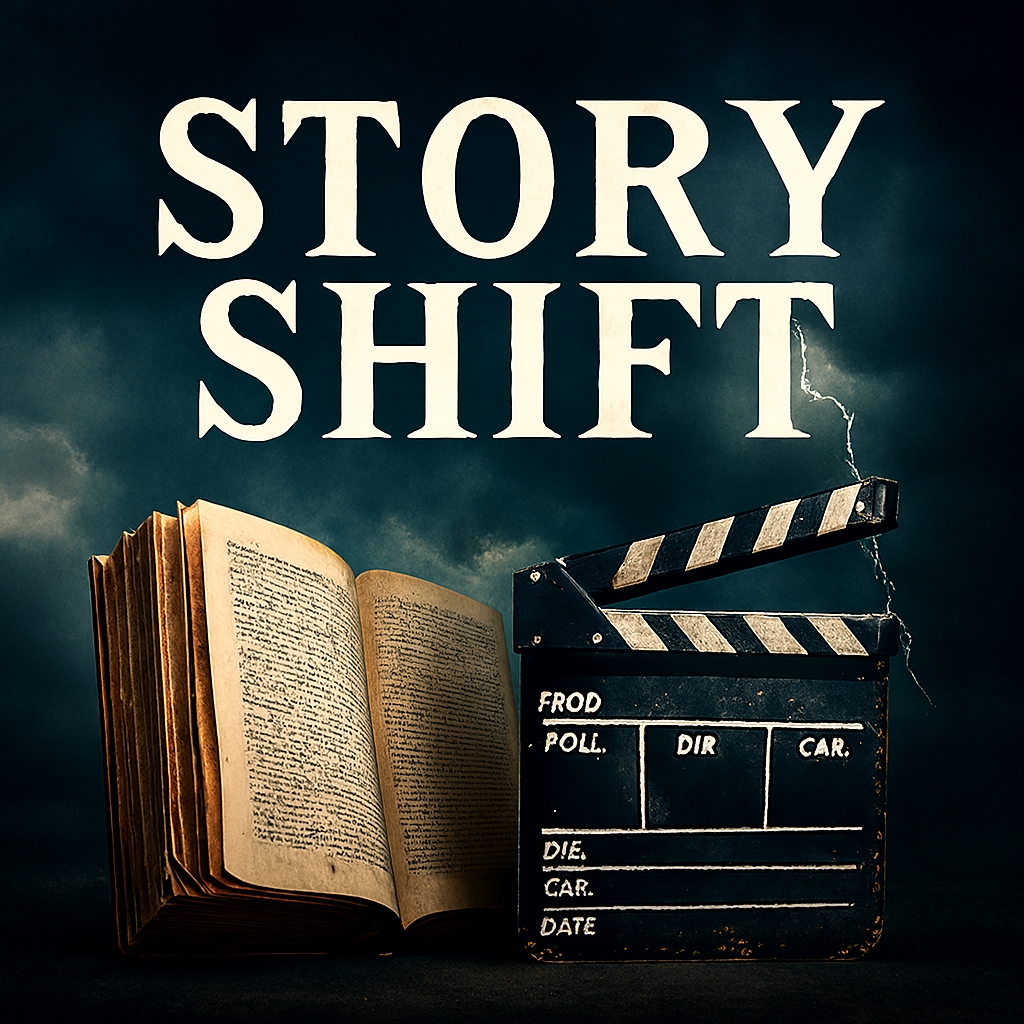

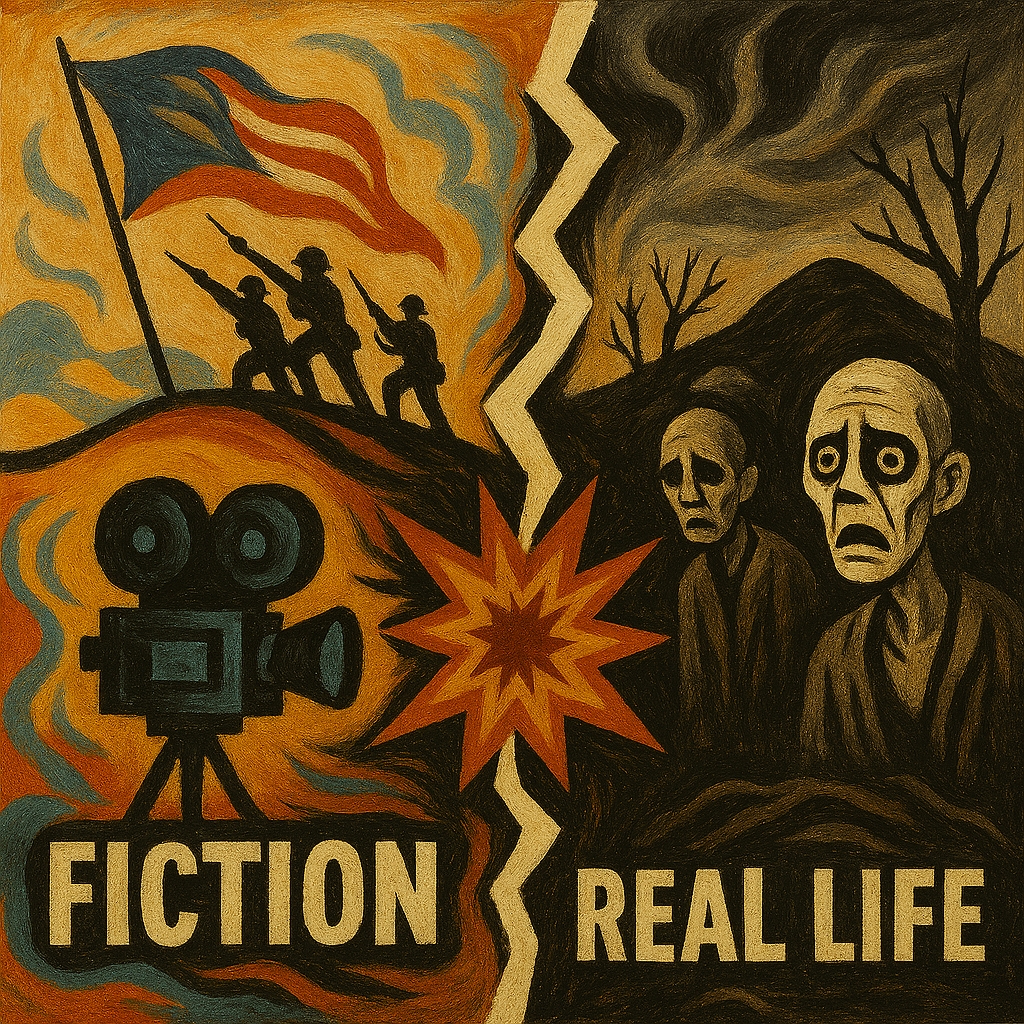

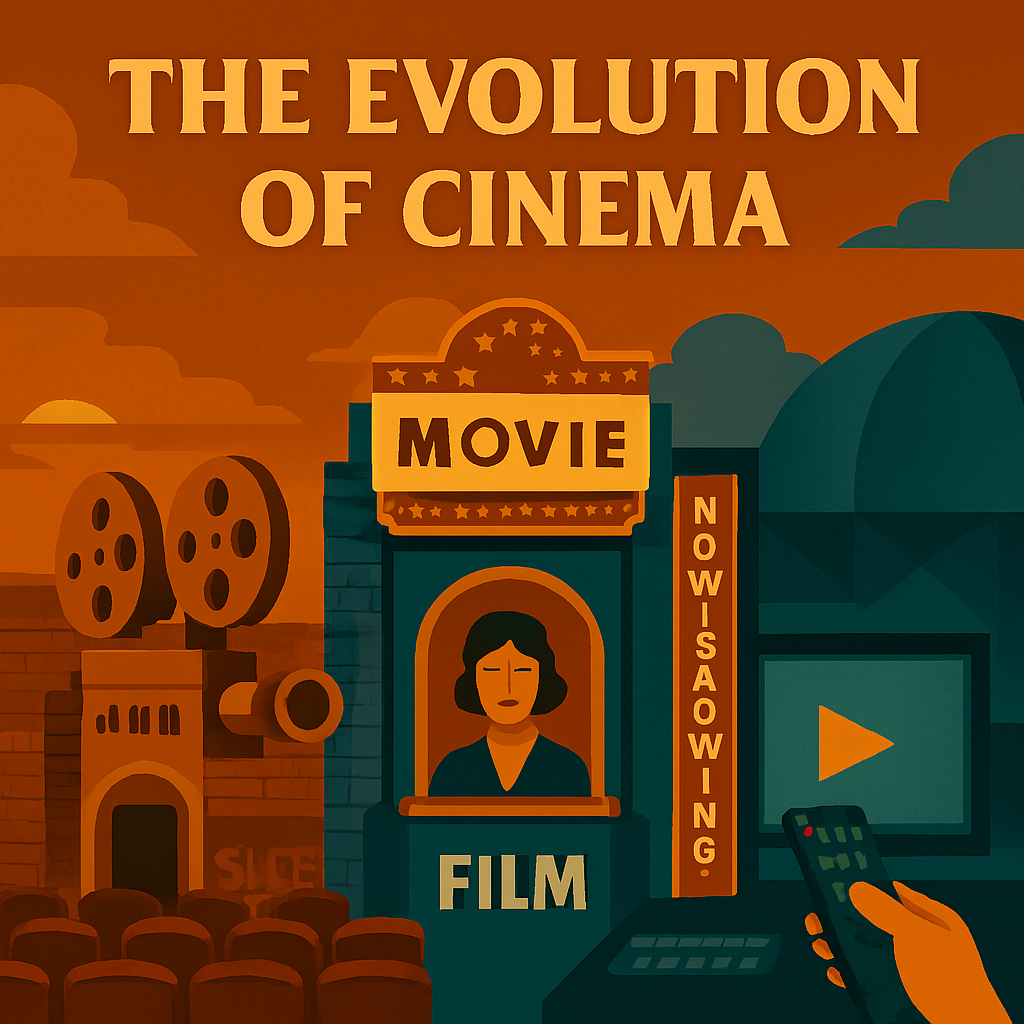


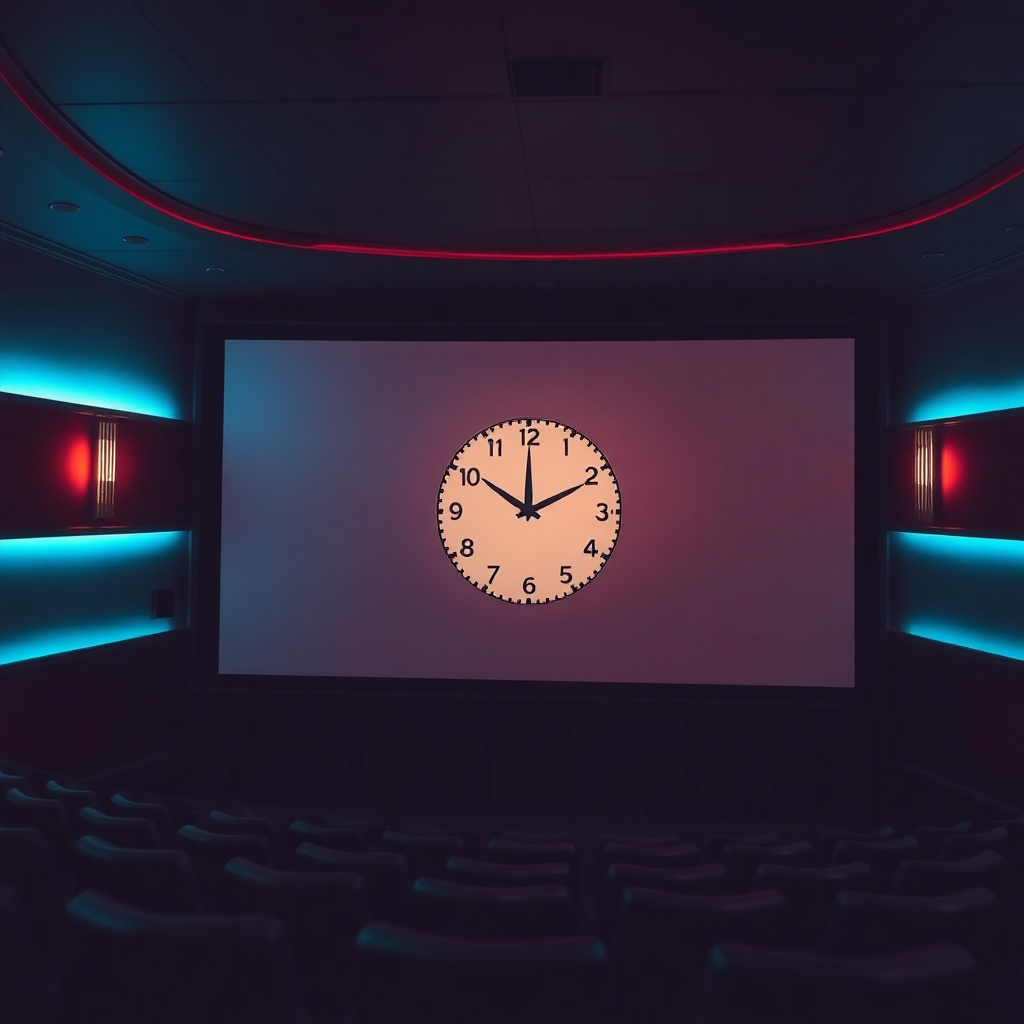




The Four-Day Workweek and Its Impact on 7 Day Powerful Sport
[…] not adapt to serve underrepresented communities. Policymakers must consider inclusive strategies to ensure equitable access to sport in a restructured […]